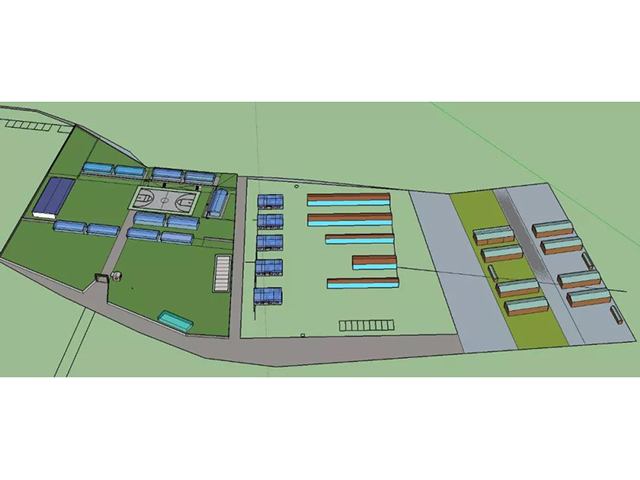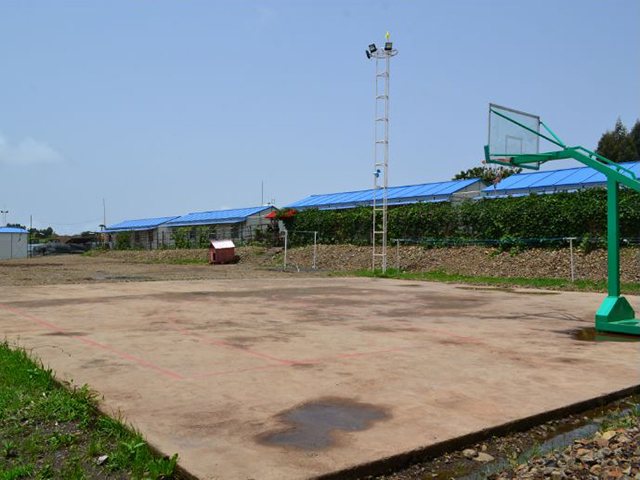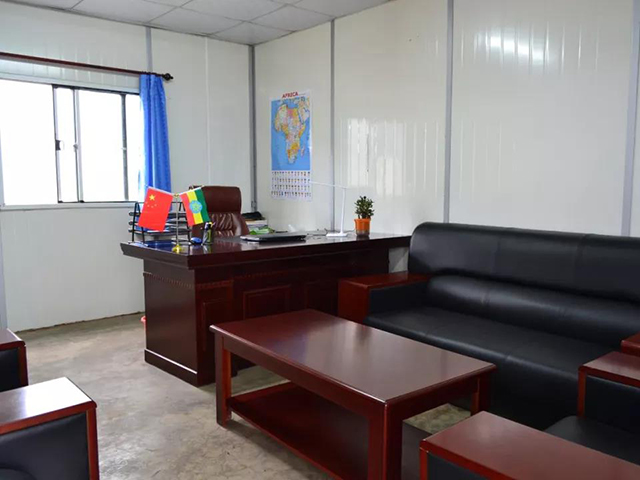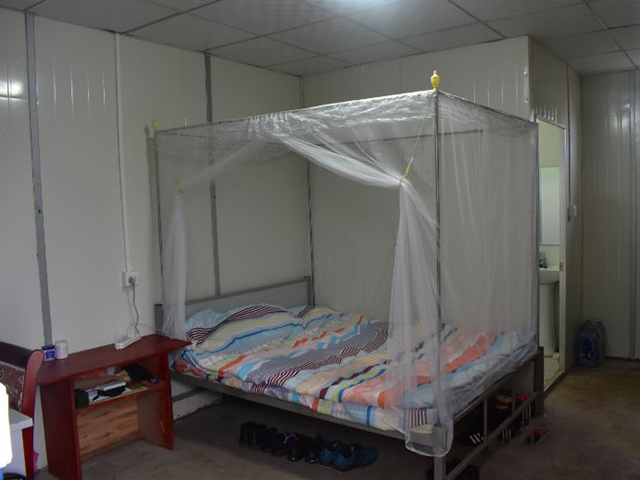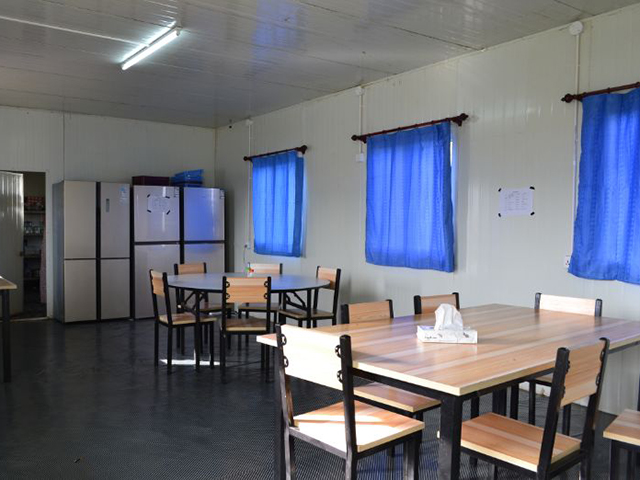The Ethiopian Mota Highway Project,is located in Amhara State,it starts from MOTA Town in the south, crosses the Blue Nile River Basin, and connects
to JARAGEDO Town in the north, with a total length of 63km.
Project Profile
The camp is located on a slope of about 8-10%.The drainage is smooth, and there won’t natural disasters such as floods, mudslides, and landslides. The rear side is the
top of the slope, and the back of the slope is the Nile Valley area. There will be strong mountain breeze in the morning and evening, while the top of the slope behind it
effectively blocked the impact of the strong wind on the camp. The camp is located on the left side of the road, about 100 meters away from the main line,which is convenient
for on-site construction management and won’t be affected by construction.
The camp covers a total area of 45,000㎡,the construction area is 3,000㎡,it includs office area 230㎡, accommodation area 450㎡,kitchen and warehouse area 150㎡,repair ara 500㎡.
The supervision camp area is about 1,200㎡,local worker camp is about 430㎡.
The staff accommodation is equipped with separate toilet,includes water heater, wash basin, toilet,mirrors and other necessary living facilities.The staff canteen covers an area of
about 80 square meters and is equipped with three dining tables,each table can accommodate 10 people.The kitchen is equipped with a water boiler and a disinfection cabinet to provide the
necessary hygienic environment.The food warehouse is equipped with several refrigerators and freezers.
Since the entire camp is on a half-slope place, we have planned the drainage system at the beginning of the construction,using the slope as drainage, and drainage ditches were
reserved. Ditches were dug around each house to lead water to the main drainage ditches into the natural water system.


